Standing United in the United States
December 2, 2016
Demonstrators swarmed the streets of Dallas, Portland, Boston, and Chicago, as well neighborhoods outside campuses such as the University of California, Los Angeles. According to the New York Times, protests of “Dump Trump” and “Not Our President” rang in the New York air outside Trump Tower in New York City. In Denver, breaking news of anti-Trump protests flooded the news stations.
The country is in chaos when it should truly be uniting under one power to form the strongest nation possible. The inability of citizens, whether Democrat or Republican, to connect despite differing beliefs has become evident through the 2016 election
The issue is no longer about who arose victorious following the election. It’s not about the candidate who won the popular vote versus the one who triumphed in the electoral vote. The election is over. What’s done is done and no matter how citizens may feel, Donald Trump is the new president.
Just because the man stands as the new leading figure in the United States government does not mean that one must agree with his every policy, or any for that matter. However, the hatred consuming Americans around the country and even the students of Rock Canyon is debilitating.
Some students have resorted to burning American flags in the school parking lot and arguing in class over the election’s outcome. True, these Americans are protected under the First Amendment which states that, “Congress shall make no law respecting an establishment of religion, or prohibiting the free exercise thereof; or abridging the freedom of speech, or of the press; or the right of the people peaceably to assemble, and to petition the government for a redress of grievances,” (Cornell University Law School).
Perhaps these students are legally protected and feel justified in their actions. However, such argumentation may not be the best solution to the boiling dispute within American society.
Susan Heitler, with Psychology Today, believes that conflict should be solved with “Collaborative Resolution,” instead of resorting to the “Fight” response. When employing the first method, students bring the conflict to the foreground, discussing options of how to reach a mutual solution.
Instead of “bullying their their way to a solution via coercive powering over,” Heitler suggests three steps to conflict resolution that Rock Canyon students would do well to follow in order to create unity and peace following a tumultuous presidential election.
- Recognize the issue at hand. Discussion is impossible if one or both parties fail to recognize their inevitable flaws.
- Explore concerns that compose the conflict and their possible solutions. This must be completed in an orderly and civil manner.
- Resolve dissension as students discover a solution and a plan of action that addresses the concerns of all involved groups. The plan of action is key to making any true progress.
On a broader level, the most prominent component of any resolution is cooperation and understanding of both sides of the argument. Supporters of Donald Trump and supporters of Hillary Clinton must join together in respectful discussion of dividing issues so that the United States and specifically the halls of Rock Canyon may be peaceful once more, and yet stronger for the trials endured.
It’s time to give up the petty arguments as well as the more drastic protests. This friction does nothing more than widen the gap between groups of Americans. When understanding is reached, these issues can truly benefit America for together, the nation is stronger than separated. There are many pressing issues dominating the world and knocking on the nation’s door. Stand to meet these challenges, strong and united.

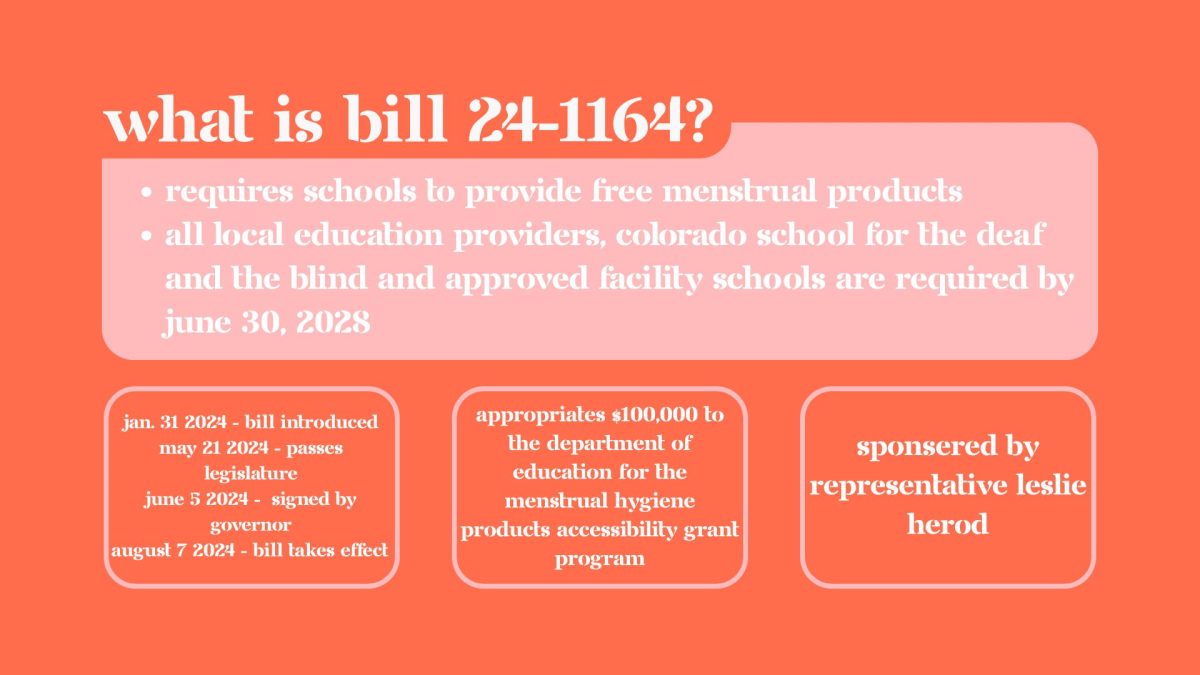

![Minutes before the Activities Fair in the gym, president Abhi Gowda ‘26 prepares the stall for his club Helping Hands, Sept. 4. A relatively new club, Helping Hands was co-started by Gowda and focuses on assisting the homeless, and just last year they succeeded in raising a couple hundred donations to send to shelters. This year, they have goals to expand, with hopes to increase volunteer opportunities and take in-person trips to shelters, as well as extend their help beyond just homeless people. “The Activities Fair gives a lot of underclassmen the opportunity to really get to know the Canyon culture, and it gives them many opportunities for service and volunteering,” Gowda said. “[Through the Activities Fair,] I hope to find a bunch of new and passionate members about our club and just get our name out there and spread awareness to the cause that we’re fighting for.”](https://rockmediaonline.org/wp-content/uploads/2025/09/1-2-1200x885.jpg)
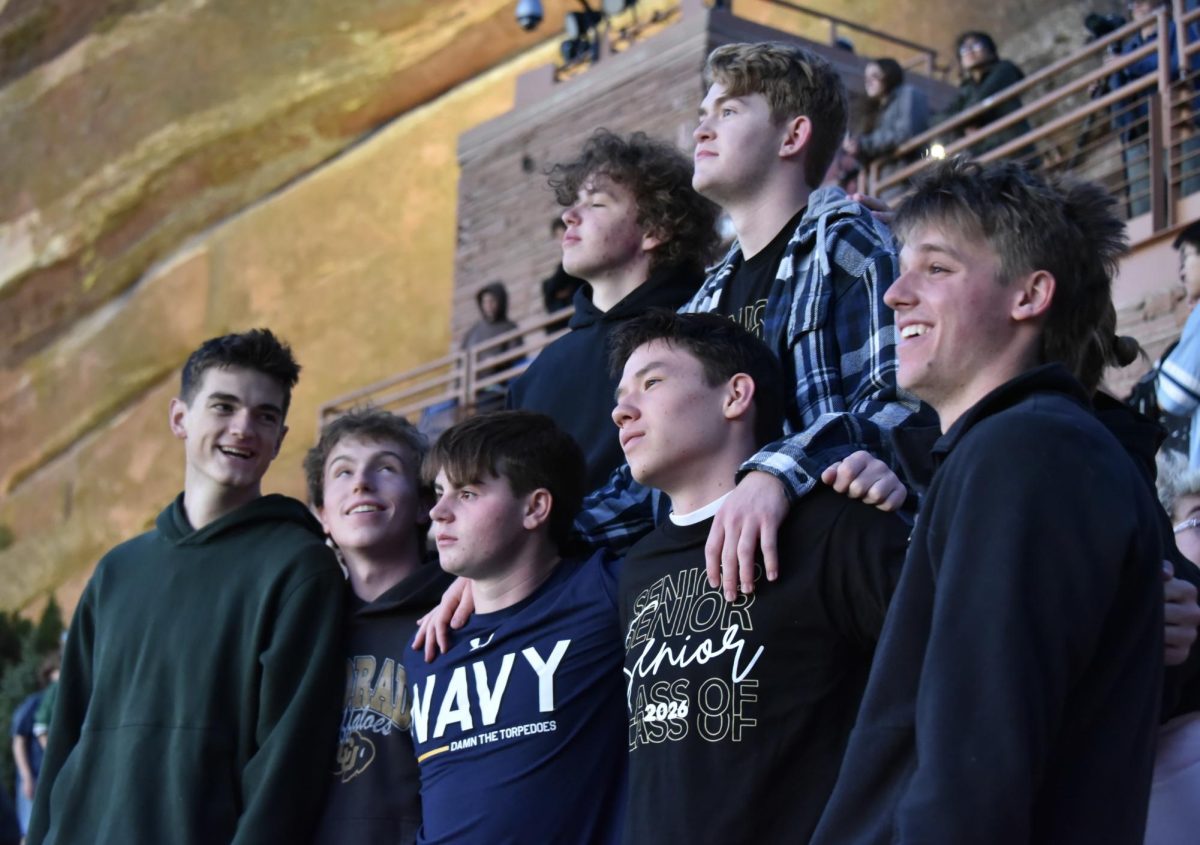
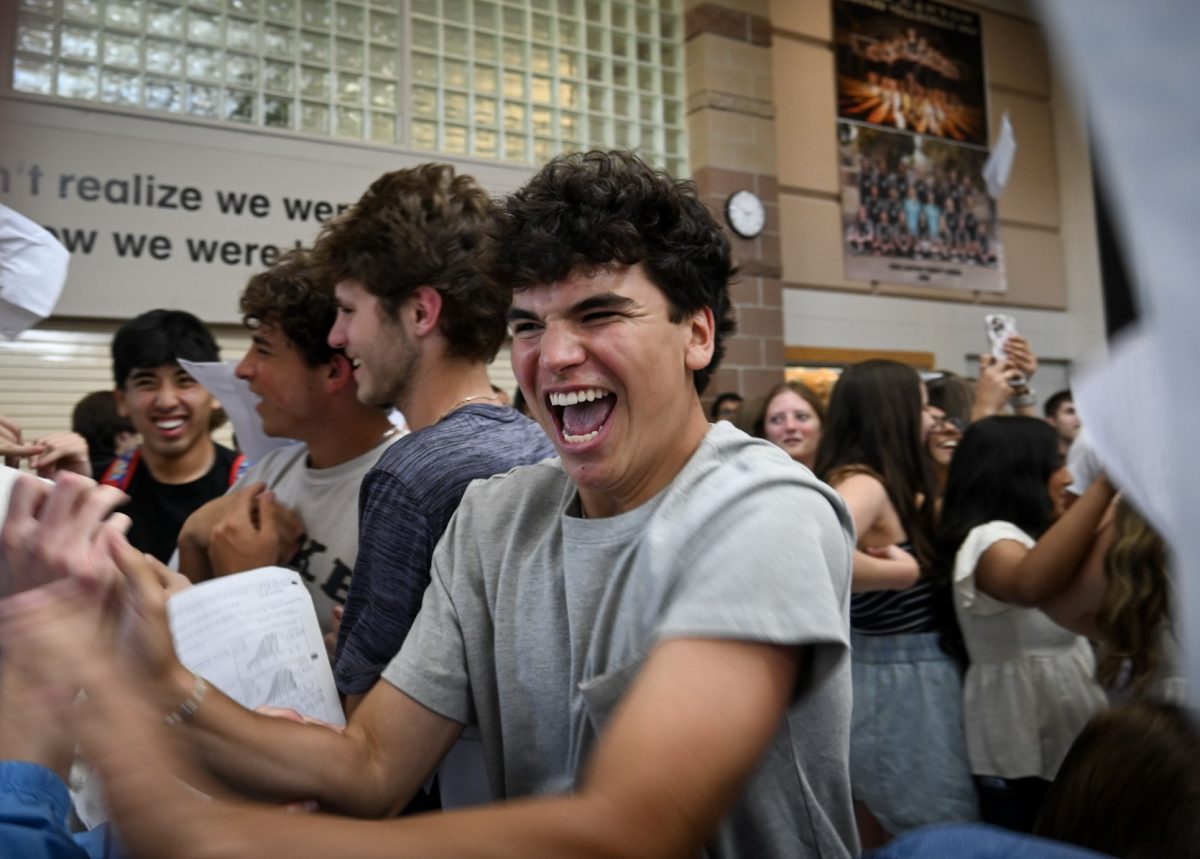

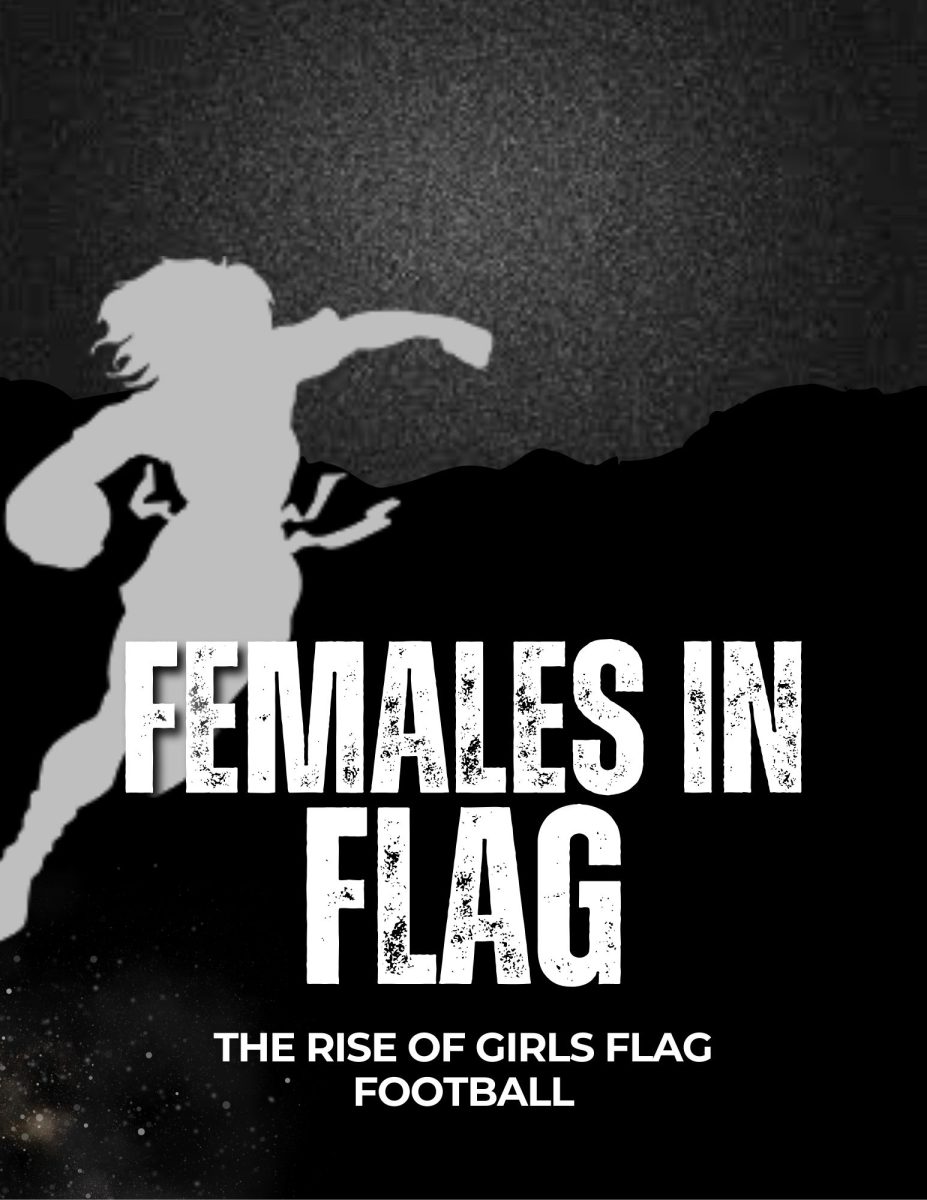
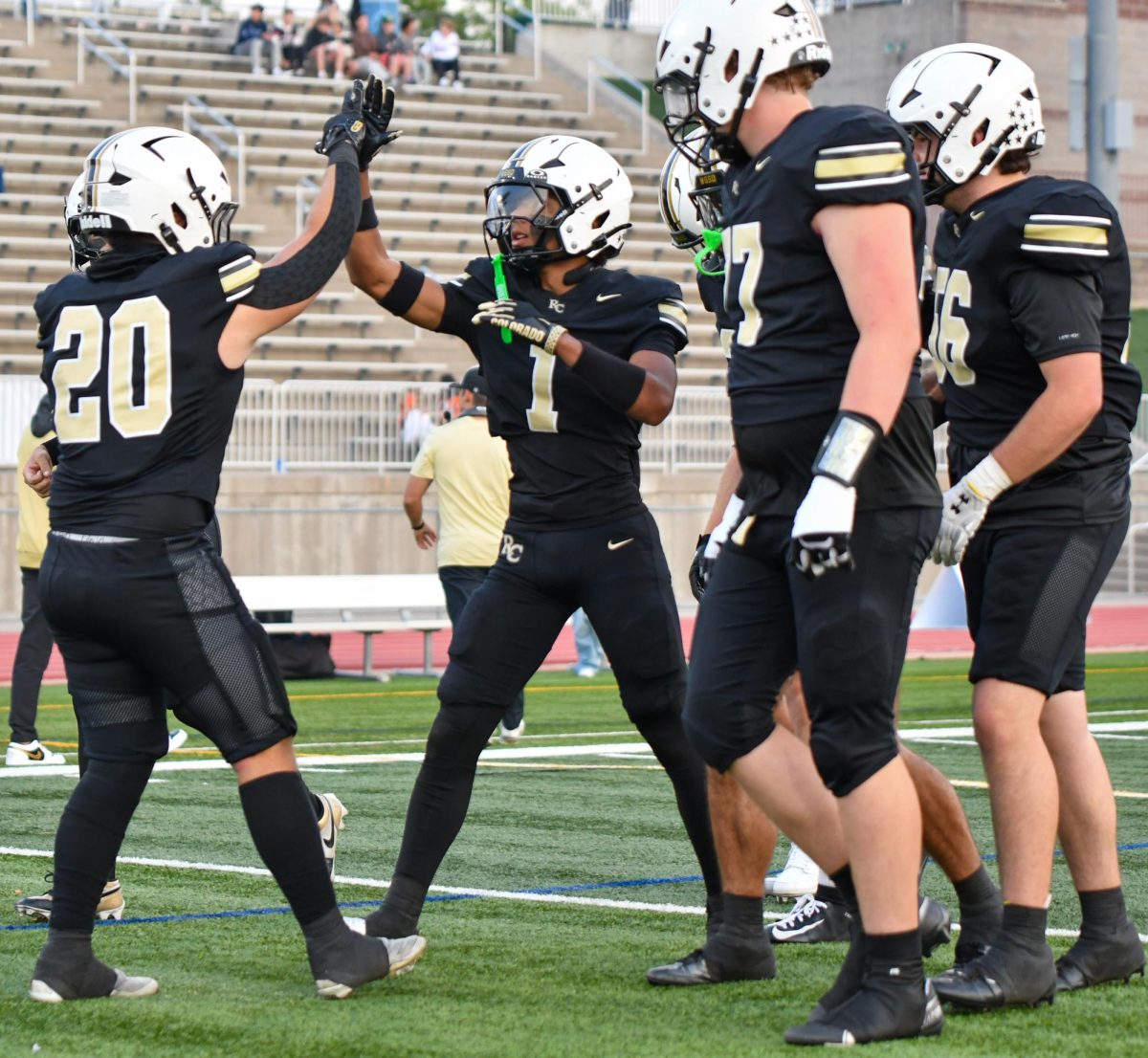


![The winter guard team makes fifth place at the state championship finals in the Denver Coliseum, March 30. The team performed to Barnes Country's “Glitter and Gold,” lead by coaches Margo Sanford, Blair Bickerton and Anna Orgren. In their class there were a total of nine groups participating, and the top five who made it to finals received a plaque. “[Walking onto the stage] is very nerve-wracking, but also very exciting as well. When you first start color guard there's a lot of anxiety and uncertainty when you first perform in front of an audience, but once you've done it for a while, it starts to become the best part of the season,” Ella West ‘25 said. “It's very fulfilling to see an audience react to something you've put your heart and soul into.”](https://rockmediaonline.org/wp-content/uploads/2025/04/Both-socal-media-nd-website-main-1-1200x846.jpg)
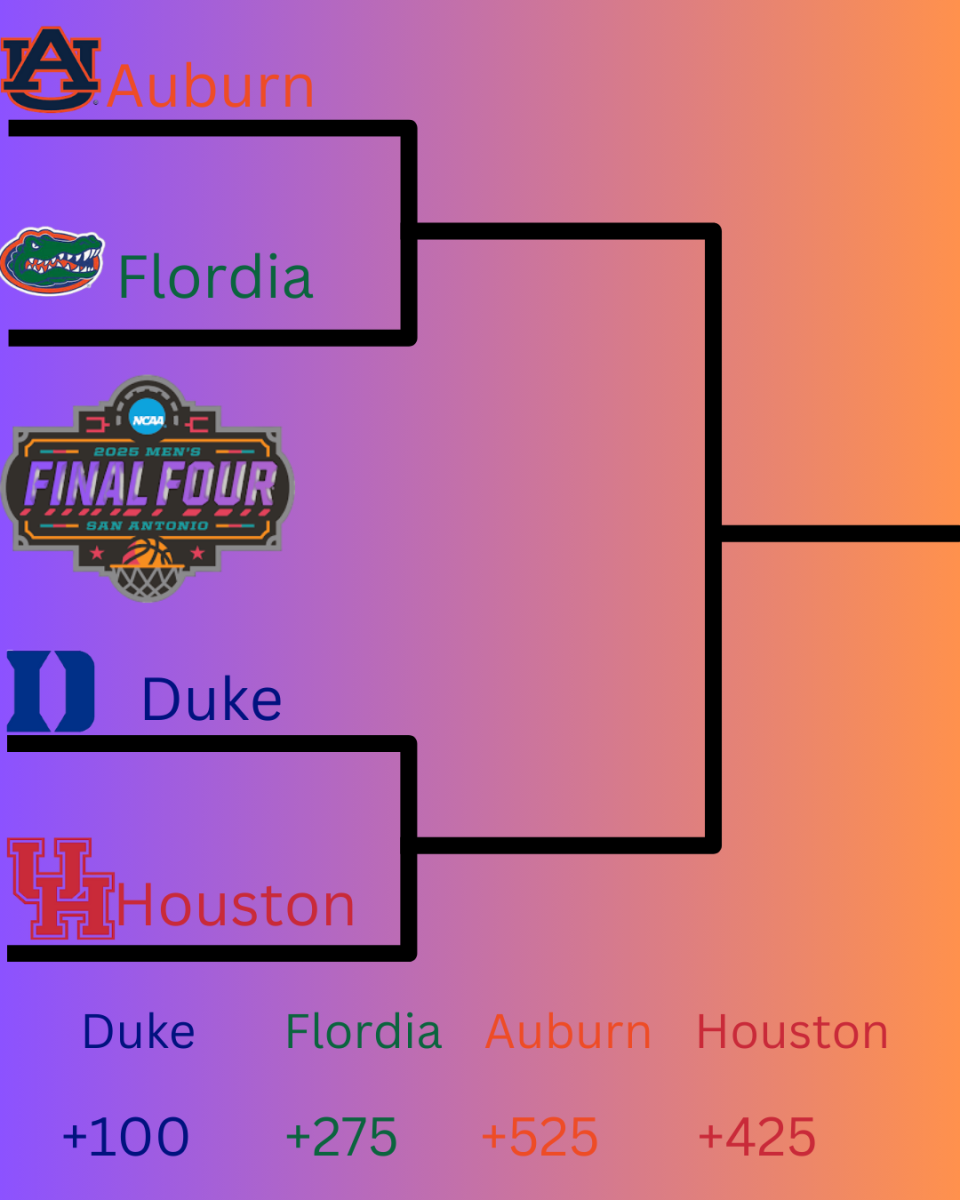

![April marks the 25th anniversary of Sexual Assault Awareness Month, created by the National Sexual Violence Resource Center (NSVRC). This month is to spread awareness of the harassment, assault and abuse that happens around the world. The symbol that represented the month was a teal ribbon; however, some survivors of assault create different symbols and movements like the TikTok trend in 2022, where survivors would tattoo Medusa on their body, in honor of her backstory in Greek Mythology. “I don't think [this month is known] at all. I rarely see anybody talk about it. I rarely see much of an emphasis on posting it online, or much discussion about it, and I feel like there needs to be way more discussion,” an anonymous source said. “I think just validating every experience that a person has gone through, regardless of the degree of it, the severity, is an essential step into making sure that people are aware that this is a very real problem in a society and that we need to do better in addressing it.”](https://rockmediaonline.org/wp-content/uploads/2025/04/IMG_0011-1200x900.jpg)



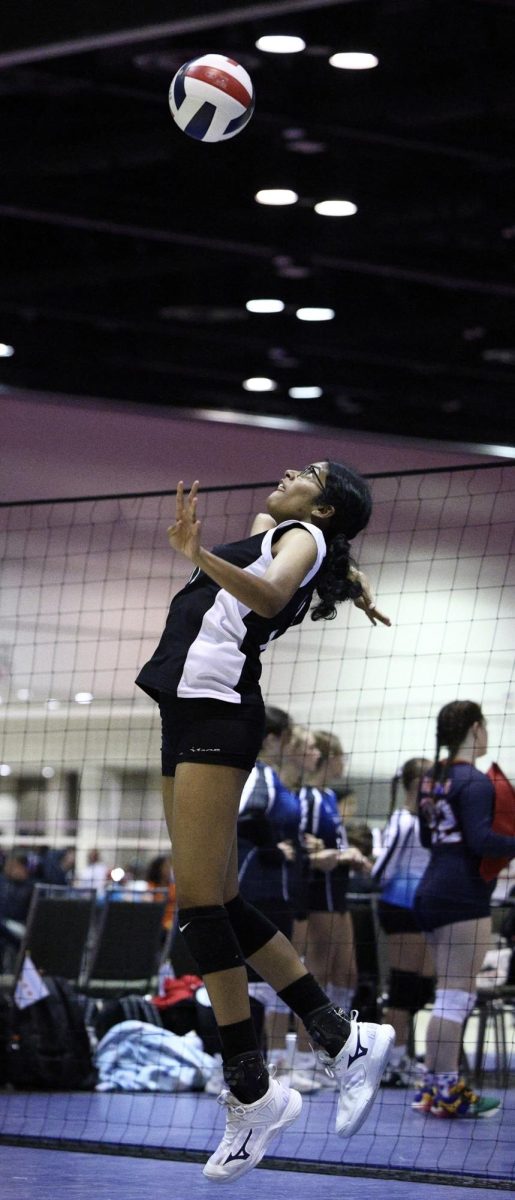
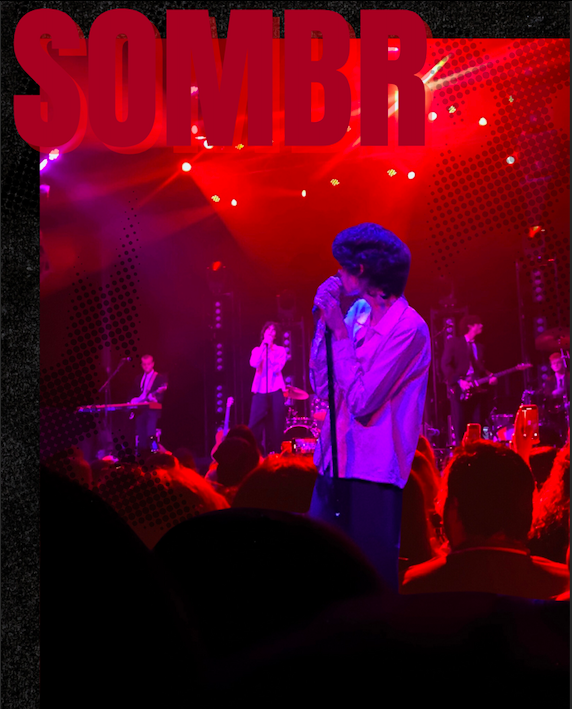






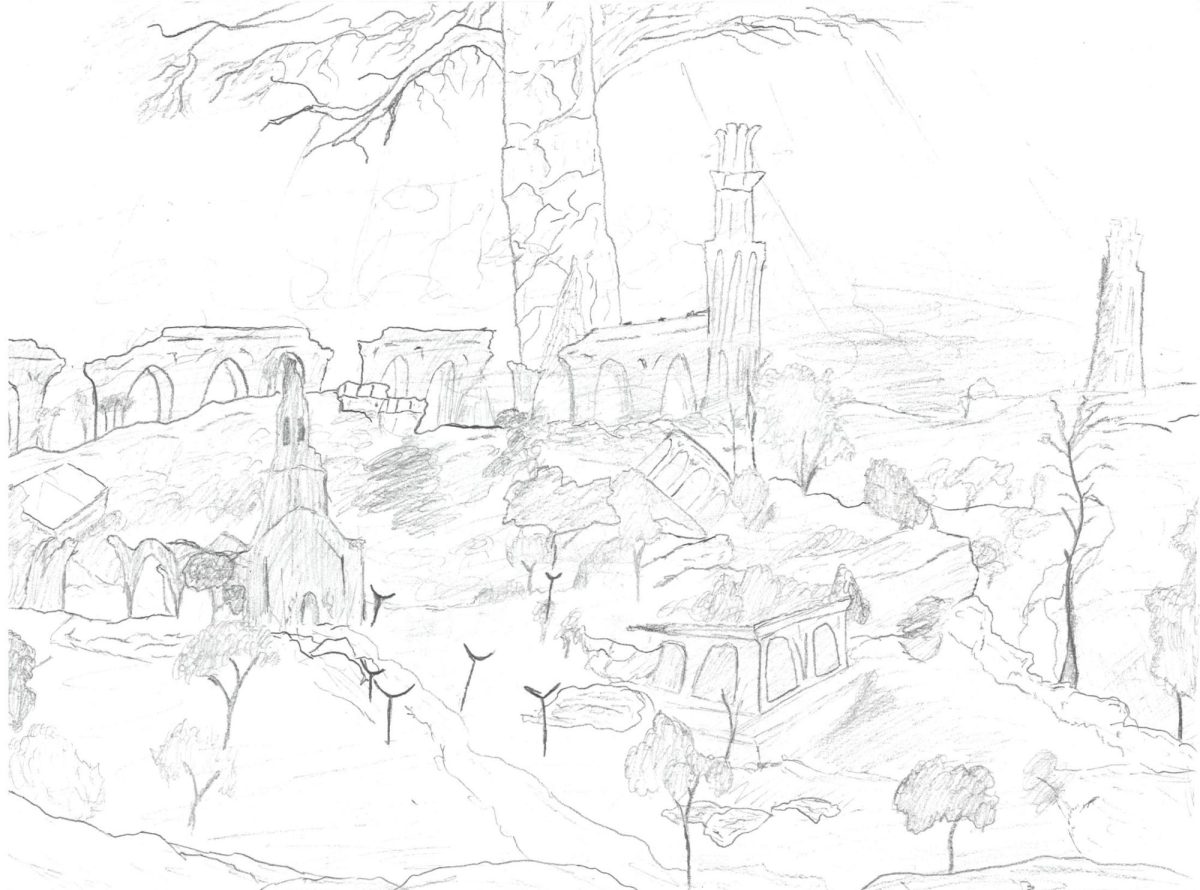
![Lesbian Visibility Day is April 26, and it’s a holiday to celebrate the lesbian community of the world. Lesbian Visibility day was established in 2008 by many queer activists and organizations who sought to raise more awareness for lesbian history and culture. “So this is why during Lesbian Visibility [Day] we celebrate and center all lesbians, both cis and trans, while also showing solidarity with all LGBTQ+ women and nonbinary people,” Linda Reily, in an article written by her, said.](https://rockmediaonline.org/wp-content/uploads/2025/04/Lesbian-Visibility-day.jpeg)





